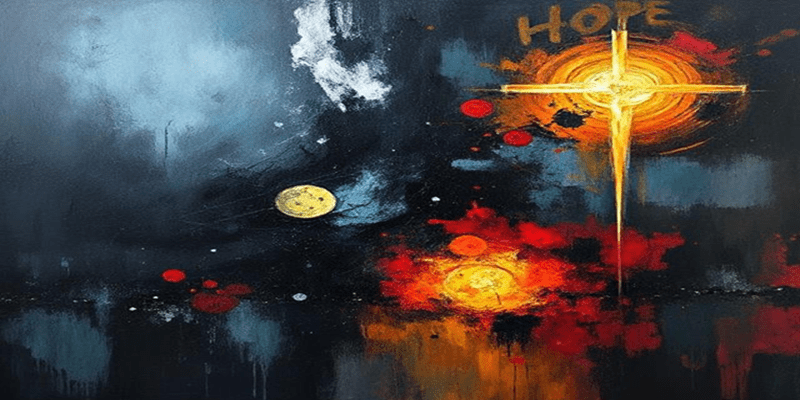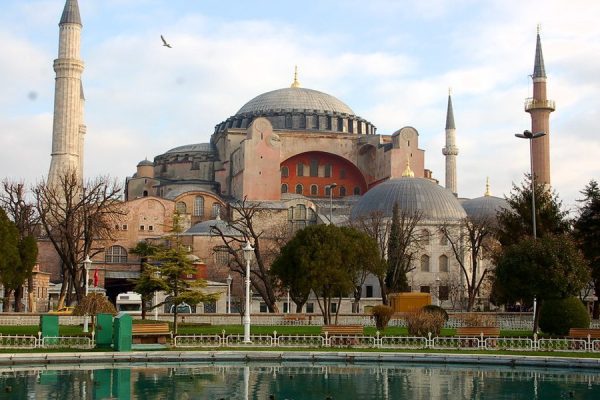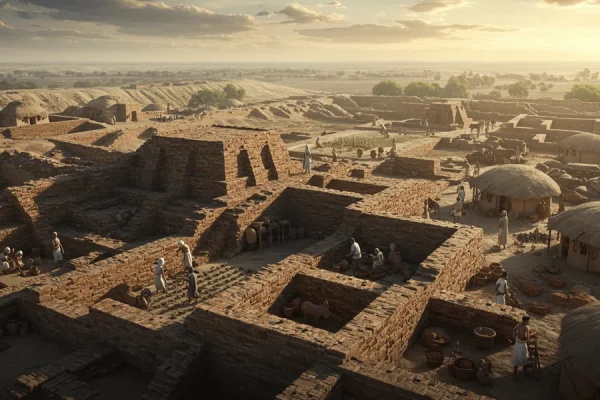The Holocaust stands as one of the darkest and most tragic chapters in human history. It refers to the systematic extermination of six million Jews and millions of others by the Nazi regime during World War II. Understanding The Holocaust is crucial for recognizing the dangers of hatred and intolerance.
Historical Background
The Rise of Anti-Semitism
Anti-Semitism has deep roots in European history. Jews faced discrimination and persecution for centuries. In the late 19th and early 20th centuries, anti-Semitic sentiments intensified. Economic instability and social unrest fueled these feelings.
The rise of nationalism in Europe also contributed to the conflict. Many nations sought to define their identity in exclusionary terms. Jews were often scapegoated for various societal problems. This environment set the stage for the atrocities of The Holocaust.
The Nazi Party’s Ascendancy
The Nazi Party, led by Adolf Hitler, rose to power in Germany in the early 1930s. Hitler’s regime promoted a racist ideology that viewed Jews as inferior. The Nazis blamed Jews for Germany’s economic woes and social issues.
In 1933, the Nazis began enforcing discriminatory laws against Jews. The Nuremberg Laws later stripped them of citizenship and rights, marking the start of systematic persecution.
The Implementation of The Holocaust
The Ghettos
As the Nazis consolidated power, they began to isolate Jews. Ghettos were established in cities across Europe. These were overcrowded, unsanitary areas where Jews were forcibly confined.
Life in the ghettos was harsh. Food was scarce, and disease spread rapidly. The ghettos functioned as a preliminary stage before the mass deportations to concentration camps.
Concentration and Extermination Camps
The Nazis set up concentration camps to imprison Jews and other targeted groups, subjecting them to forced labor, torture, and mass murder.
Extermination camps were specifically designed for mass killings. Camps like Auschwitz, Treblinka, and Sobibor became infamous for their brutality. Victims were often deceived into believing they were being relocated. Instead, they faced horrific deaths in gas chambers.
The Final Solution
The Final Solution was the Nazi regime’s plan to exterminate the Jewish population. Formalized at the Wannsee Conference in 1942, high-ranking Nazi officials coordinated the logistics of mass murder. Its implementation resulted in the deaths of approximately six million Jews. Other targeted groups included Romani people, disabled individuals, and political dissidents.
Resistance and Resilience
Jewish Resistance
Despite the overwhelming odds, some Jews resisted the Nazis. Armed uprisings occurred in several ghettos, including the Warsaw Ghetto Uprising in 1943.
Jewish partisans fought against the Nazis in occupied territories. They sabotaged supply lines and assisted in hiding fellow Jews. Their bravery is a testament to the human spirit in the face of despair.
Non-Jewish Resistance
Many non-Jews also opposed the Nazi regime. Some risked their lives to save Jews. Individuals like Oskar Schindler and Raoul Wallenberg became famous for their efforts.
Resistance movements emerged across Europe. These groups engaged in sabotage and intelligence gathering. Their actions contributed to the eventual defeat of the Nazis.
Liberation and Aftermath
The Liberation of Concentration Camps
As Allied forces advanced in 1945, they began liberating concentration camps. Soldiers were horrified by the conditions they found. The scale of the atrocities was unimaginable.
Survivors faced immense challenges after liberation. Many had lost their families and homes. The psychological scars of the Holocaust endured for a lifetime.
The Nuremberg Trials
In 1945, the Allied powers held the Nuremberg Trials. These trials sought to hold Nazi war criminals accountable for their actions. High-ranking officials were prosecuted for crimes against humanity.
The Nuremberg Trials established a precedent for international law and justice. They established that individuals could be held accountable for war crimes. This was a significant step in the fight against impunity.
The Impact of The Holocaust
Cultural and Social Impact
The Holocaust profoundly affected Jewish communities worldwide. It led to a reevaluation of Jewish identity and culture. Many survivors sought to rebuild their lives in new countries.
The Holocaust also influenced literature, art, and education. Numerous works have been created to honor the victims and educate future generations.
The Establishment of Israel
The Holocaust played a crucial role in the establishment of the State of Israel in 1948. The need for a safe haven for Jews became evident after the war. Israel was founded as a response to centuries of persecution.
Human Rights and Education
The Holocaust has become a symbol of the need for human rights. It serves as a reminder of the consequences of hatred and intolerance. Education about The Holocaust is essential to prevent future atrocities. Schools and organizations worldwide promote awareness and understanding of this tragic event.
Lessons Learned from The Holocaust
The Dangers of Indifference
One of the key lessons from The Holocaust is the danger of indifference. Many individuals and nations turned a blind eye to the suffering of others. This indifference allowed the Nazis to carry out their plans with minimal opposition.
It is crucial to recognize the importance of standing up against injustice. Individuals must be vigilant and speak out against discrimination and hatred.
The Importance of Remembrance
Remembering The Holocaust is vital for honoring the victims. Memorials and museums serve as reminders of the atrocities committed. They provide a space for reflection and education.
Annual observances, such as International Holocaust Remembrance Day, help keep the memory alive. These events encourage discussions about tolerance and human rights.
Conclusion
The Holocaust remains a significant event in history. Its impact continues to resonate today. Understanding The Holocaust is essential for promoting tolerance and preventing future atrocities. By learning from the past, we can work towards a more just and compassionate world.












